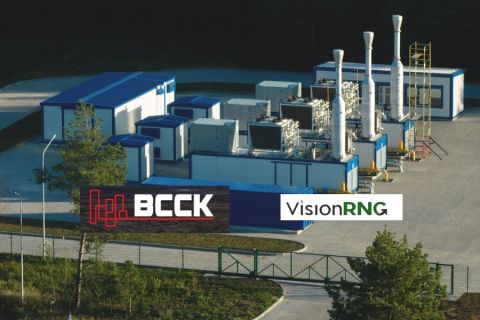In the Nov. 27, 2012, issue of The Houston Chronicle, there was an article about the Clear Creek nature preserve and ETC NGL Transport LLC. It seems the NGL company wanted to build a pipeline across the 144-acre preserve. The Bayou Land Conservancy manages the preserve for a trust that owns it. The conservancy said that the preserve was the only “protected riparian habitat along Clear Creek,” according to the newspaper. The preserve is about 20 miles south of Houston. If you know anything about Houston, it is that open land is scarce. And, property in its “natural and scenic condition” is even rarer. The pipeline company threatened to use eminent domain to acquire the right of way. The land owners were fighting that in court. The Justice Pipeline will run 129 miles from Jackson County, TX, to Mont Belvieu. The company was seeking a 115-ft-wide easement through the preserve. The Clear Creek preserve was established by a federal judge to offset the environmental impact from two nearby industrial plants that were shut down. The court order wanted the preserve kept in perpetuity. The property already had a dozen pipelines running through it. These pipelines were built before the court order was issued. What’s one more pipeline? In an article in the Jan. 5, 2012, issue of The Houston Chronicle, the pipeline company had agreed to route the pipeline around the preserve. The pipeline will now go through a nearby golf course. That is one way to come to a settlement that isn’t “par for the course.” The preserve won in that no further damage from development would occur. The water oak, cedar elm and loblolly pine trees won’t be cut down. There will be a preserve in the middle of development for people to enjoy. The company was the winner because it addressed the concerns of the landowner and rerouted the pipeline. It can rightfully claim that it made a difference in providing a place for people to enjoy. And, the pipeline will still be able to deliver NGLs with minimum impact in laying the pipe. That is exactly the kind of public relations that the oil and gas industry needs. When the industry can continue to show that it works with people rather than running roughshod over them, it makes it easier to build the infrastructure the country needs to supply energy to meet demand. These land and wetlands conservancies along the Gulf Coast provide opportunities to protect natural habitat for waterfowl and wild animals. It’s a much better picture to leave people with than crude oil spewing from a well in the Gulf of Mexico. Contact the author, Scott Weeden, at sweeden@hartenergy.com.
Recommended Reading
BCCK, Vision RNG Enter Clean Energy Partnership
2024-04-23 - BCCK will deliver two of its NiTech Single Tower Nitrogen Rejection Units (NRU) and amine systems to Vision RNG’s landfill gas processing sites in Seneca and Perry counties, Ohio.
Clean Energy Begins Operations at South Dakota RNG Facility
2024-04-23 - Clean Energy Fuels’ $26 million South Dakota RNG facility will supply fuel to commercial users such as UPS and Amazon.
Romito: Net Zero’s Costly Consequences, and Industry’s ‘Silver Bullet’
2024-04-22 - Decarbonization is generally considered a reasonable goal when presented within the context of a trend, as opposed to a regulatory absolute.
Energy Transition in Motion (Week of April 19, 2024)
2024-04-19 - Here is a look at some of this week’s renewable energy news, including the latest on global solar sector funding and M&A.




